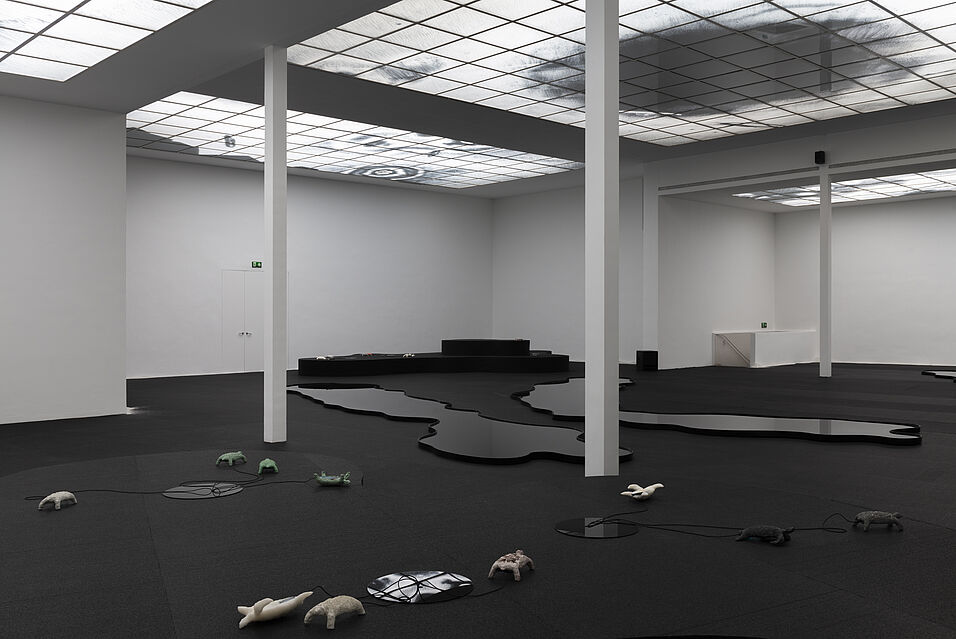The exhibition is related to the WWTF project "The Anthropocene Surge" led by Prof. Michael Wagreich and Katrin Hornek for which an interdisciplinary team investigated the growth of anthropogenic influence in the urban environment of Vienna. The applied methods included geochemistry, i.e. trace metal enrichment in the urban strata. Ass.-Prof. Karin Hain joined the efforts to use radionuclide signals from atmospheric nuclear weapons testing in the 1950s and 1960s as potential markers for the beginning of the proposed age of the Anthropocene. The urban sediments below the Wien Museum at the Karlsplatz have been one of the potential archives to look for the globally deposited fallout of nuclear weapons where the almost entirely artificial element plutonium and more precisely, its isotope Plutonium-239 (Pu-239), was of specific interest for the research team. Even though Pu-239 is unstable, its emitted radiation cannot be detected at these extremely low concentrations in the urban environment.The main reason for this is the very long-half live of Pu-239 of around 24.000 years. The same applies to the other isotopes investigated in this study. This means there is no measurable radioactivity from Pu-239, so that the ultra-trace detection technique of Accelerator Mass Spectrometry (AMS) had to be applied which directly counts the Pu-239 atoms in a sample. This was realized with VERA which is one of the most advanced and therefore most sensitive AMS facilities in the world for the detection of heavy elements.
At the Karlsplatz, the expected minute amounts of Pu-239 and of several other artificial trace isotopes were found in the post-1945 layer which is in good agreement with the start of nuclear weapons testing. The ratios of different plutonium isotopes have been used to identify the presence of atmospheric nuclear bomb fallout material of the 1950s. The results clearly demonstrate that the Pu fallout signal can be used as a reliable primary stratigraphic marker even in coarse and heterogeneous urban anthropogenic sediments.
Original publication: M. Wagreich et al., The urban sediments of Karlsplatz, Vienna (Austria) as a candidate Auxiliary Boundary Stratotype Section and Point for the Anthropocene series. The Anthropocene Review, 10(2022)1, https://doi.org/10.1177/20530196221136427
Further links:
https://isotopenphysik.univie.ac.at/en/
https://geologie.univie.ac.at/en/
https://geologie.univie.ac.at/projekte/the-anthropocene-surge/

